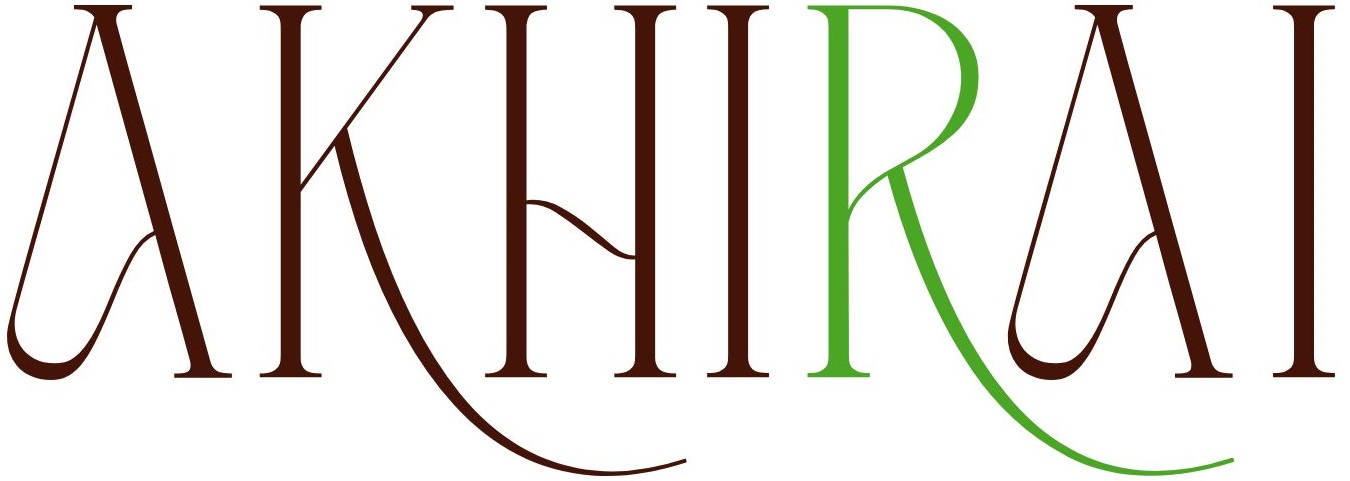
HTML Elements & Tags – Explained
1. What is an HTML Tag?
- A tag is a keyword inside angle brackets (
< >) that tells the browser how to interpret content. - Most tags come in pairs:
- Opening tag:
<p> - Closing tag:
</p>(note the/)
- Opening tag:
Example:
<p>This is a paragraph.</p>
Here <p> is the opening tag, </p> is the closing tag, and “This is a paragraph.” is the content.
2. What is an HTML Element?
- An HTML element is the complete structure:
Opening tag + Content + Closing tag - Example:
<h1>Hello World</h1>
This <h1>Hello World</h1> is a heading element.
Formula:
Element = Opening Tag + Content + Closing Tag
Some elements have no content (self-closing).
3. Self-Closing (Empty) Elements
- These elements don’t need a closing tag because they don’t wrap content.
- Examples:
<img src="photo.jpg" alt="My Photo">
<br>
<hr>
4. Types of HTML Elements
a) Block-level elements
- Start on a new line and take full width.
- Examples:
<div>,<p>,<h1>–<h6>,<section>,<article>
b) Inline elements
- Stay in the same line with other content.
- Examples:
<span>,<a>,<strong>,<em>
5. Nesting Elements
- Elements can be placed inside other elements.
- Must be properly nested (open/close in the correct order).
✅ Correct:
<p>This is <strong>important</strong> text.</p>
❌ Incorrect:
<p>This is <strong>important</p></strong>
6. Attributes in Tags
- Attributes give extra information about an element.
- Placed inside the opening tag.
Example:
<a href="https://example.com" target="_blank">Visit Example</a>
Here:
href→ link destinationtarget="_blank"→ open in new tab






